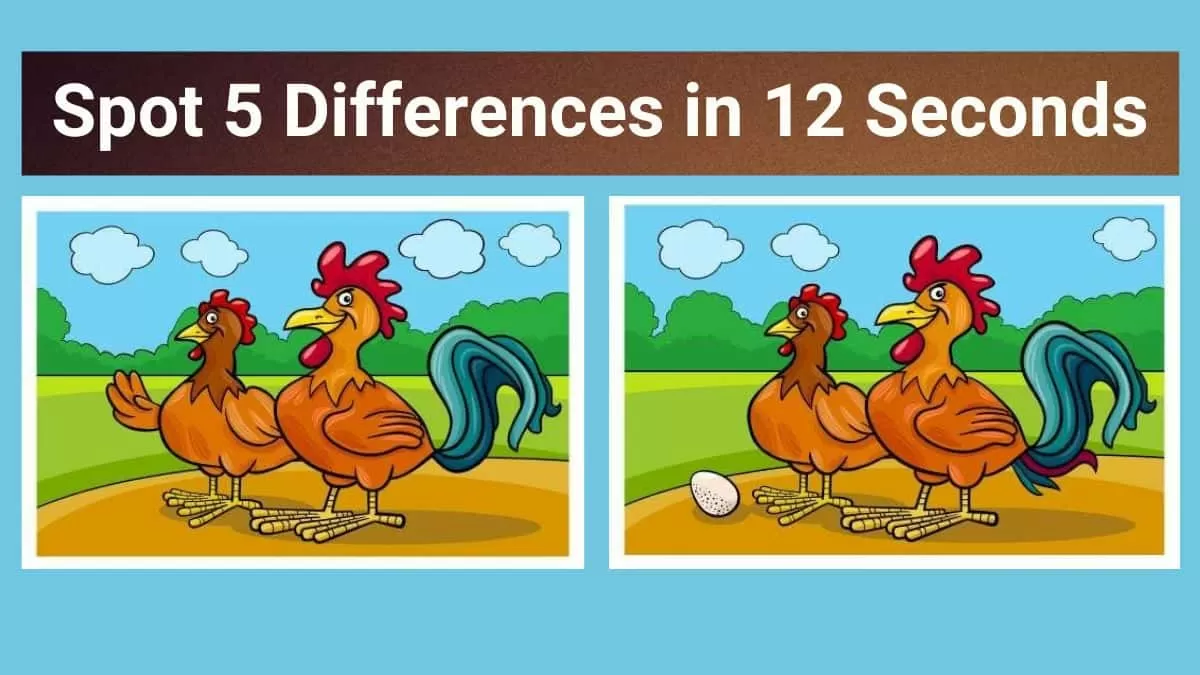In the intricate world of research methodology, the nuances between sampling techniques can profoundly shape the outcomes of a study. Among the various sampling strategies, cluster sampling and area sampling often pique the interest of researchers for their unique approaches and implications. Both methods serve to represent larger populations through a more manageable subset, yet they do so in markedly different ways. Understanding these distinctions not only sheds light on their respective applications but also empowers researchers to choose the most appropriate technique for their specific needs.
At its core, cluster sampling involves dividing a population into distinct groups, or “clusters,” from which a sample is selected. These clusters can range from geographical units—such as neighborhoods or towns—to more abstract categories, like different schools or organizations. The essence of cluster sampling lies in its practicality; it often simplifies the data collection process and reduces costs. For instance, when a researcher wishes to study educational outcomes across a vast country, surveying entire schools instead of individual students may yield quicker results, as the former approach minimizes travel and logistical complexity.
On the flip side, area sampling—a subtype of cluster sampling—is distinct primarily in its focus on geographical delineations. Unlike general cluster sampling, which might encompass various elements (like classes or teams), area sampling is more localized. This method targets specific areas, or ‘sampling units,’ such as districts or neighborhoods, to derive insights about the broader population. Imagine a sociologist studying urban development: employing area sampling, they might select a few city blocks within various neighborhoods to discern trends related to housing, demographic shifts, or community engagement.
The deciding factor in choosing between cluster and area sampling often hinges on the nature of the population and the research objectives. Cluster sampling becomes particularly beneficial in scenarios where the population is dispersed across a wide geographical expanse. For example, in medical studies where participants may be scattered across multiple states or regions, clusters can significantly streamline the administration of surveys or data collection instruments. Conversely, area sampling is more advantageous in contexts where geographic characteristics—which could influence the research variables—are paramount. By concentrating on defined areas, researchers can more effectively capture local dynamics and contextual nuances.
Both methods, while practical, can introduce biases if not carefully implemented. In cluster sampling, for instance, one must grapple with the potential for intra-cluster homogeneity. If clusters are not sufficiently varied, the sample may fail to encapsulate the broader diversity of the population, undermining the study’s validity. This phenomenon underscores the importance of carefully designing clusters that represent the entire population’s variability, rather than merely reflecting their immediate surroundings.
Similarly, area sampling can suffer from spatial biases. If a researcher selects areas that are in close proximity, they may inadvertently overlook significant demographic contrasts that exist just beyond the boundaries of chosen neighborhoods. Researchers need to ensure that selected areas encompass a range of socio-economic, cultural, and environmental factors to create a holistic picture of the targeted population.
One of the more fascinating aspects of these sampling methods is their adaptability to technological advancements. In an age where data collection can be aided by geographical information systems (GIS) and online survey tools, the precision of both cluster and area sampling has increased dramatically. Researchers can effortlessly map out clusters or areas using sophisticated software, ensuring that the sampling strategy effectively reflects the population dynamics. Combined with the power of big data analytics, these methodologies can yield insights that are not only robust but also profoundly informative.
Furthermore, advances in statistical techniques bolster the analytical power of findings derived from both sampling methods. By employing complex models, researchers can account for potential biases and hone in on the intrinsic relationships within the data. Moreover, the insights gleaned from these methods can transcend academic boundaries, influencing policy decisions and community planning. For instance, urban planners can utilize findings from area sampling to address pressing societal issues, such as infrastructure development or public health interventions.
As we delve deeper into the intricacies of cluster and area sampling, it’s essential to consider the ethical ramifications of these methodologies. Every researcher bears the responsibility of ensuring that their sampling techniques not only optimize efficiency but also uphold the dignity and representation of the populations studied. Inclusion and fairness should be at the forefront of designing sampling strategies, ensuring that marginalized or underrepresented communities are not inadvertently overlooked. Ethical sampling practices foster trust and credibility, essential components of any research endeavor.
In conclusion, the distinction between cluster and area sampling—while seemingly technical—carries deep implications for the integrity and applicability of research findings. Recognizing the unique attributes and potential pitfalls of these methods can empower researchers to navigate the complexities of their fields more adeptly. As we consider the future of research methodology, appreciating these sampling strategies not only enhances the quality of studies but also enriches our understanding of the myriad factors that shape human experience and societal dynamics. Ultimately, the choice between cluster and area sampling is more than just a methodological decision; it is a promise of innovation and insight, inviting curiosity and engagement from all who embark on the noble quest of research.
